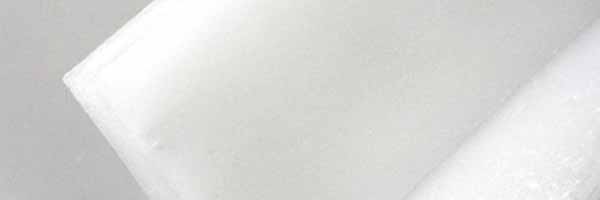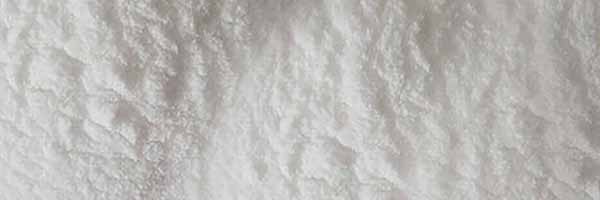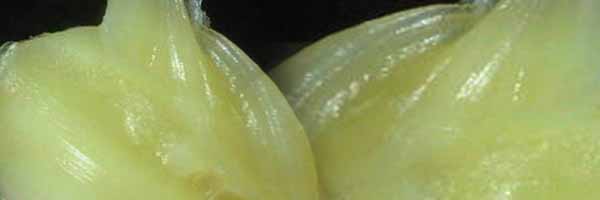
Paraffin
Paraffin Wax is a natural product derived from the molecular components of decayed vegetable and animal material. Paraffin wax consists of a complex mixture of hydrocarbons with the following general properties:
- Non-reactive
- Non-toxic
- Good water barrier
- Clean-burning fuel
- Colorless
Paraffin waxes are characterized by a clearly defined crystal structure and have the tendency to be hard and brittle. The melt point of paraffin waxes generally falls between 120° and 160°F.

Microcrystalline
Microcrystalline waxes are produced from a combination of heavy lube distillates and residual oils. They differ from paraffin waxes in that they have less-defined crystalline structure, darker color, and generally higher viscosity and melting points. Microcrystalline waxes (sometimes also called micro wax) tend to vary much more widely than paraffin waxes with regard to physical characteristics. Microcrystalline waxes can range from being soft and tacky to being hard and brittle, depending on the compositional balance.

Petrolatum
The last category of petroleum wax is referred to as petrolatums. Petrolatums are derived from heavy residual oils and are separated by a dilution and filtering (or centrifuging) process. Petrolatums are microcrystalline in nature and semi-solid at room temperature. They have a long history in medical applications and that heritage continues today as pharmaceutical grade petrolatums are common components in an array of balms, ointments, creams, moisturizers, haircare products and other products where a virtually odorless additive that helps retain (and even lock-in) moisture is desired.
The Origins of Wax
A Continuous Cycle Spanning Ages
Petroleum wax is ultimately derived from crude oil. Obtained from the ground, crude oil is a compositionally varied product, consisting of a mixture of hydrocarbons. It is the resultant product of the decomposition of tiny aquatic plants and animals that lived in the ancient seas millions of years ago (this is the origin of the term fossil fuel).
From Lube Oil to Wax
Crude oil is transported to refineries where it is refined into finished products by complex processes. One of the many products derived from refining is lubricating oil. It is from the lube oil refining process that petroleum waxes are derived. Other terms are also used to refer to petroleum wax. In general these terms refer to the amount of oil contained in the product.
Yielding 3 Base Waxes
Slack wax refers to petroleum wax containing anywhere from 3 to 50% oil content.
Scale wax refers to wax containing 1 to 3% oil.
Fully refined paraffin (FRP) wax is wax that has had nearly all of the oil refined out of it. Fully refined paraffins typically have less than 0.5% oil content.
